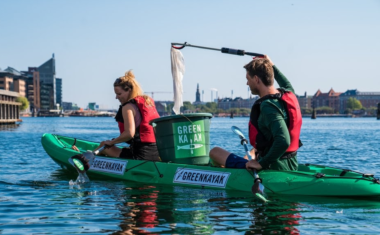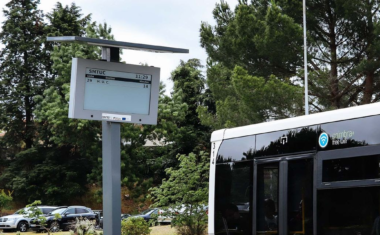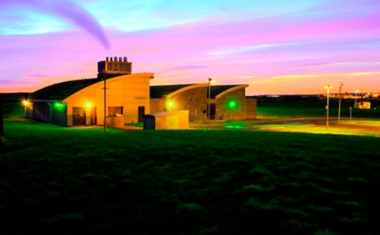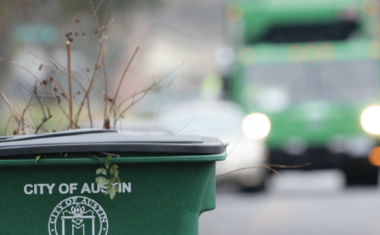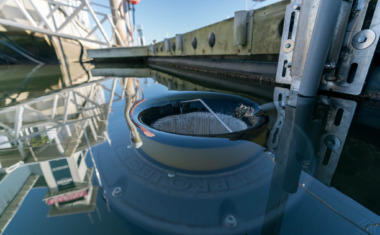Green Roofs in Basel
- 9
- 6 min to read
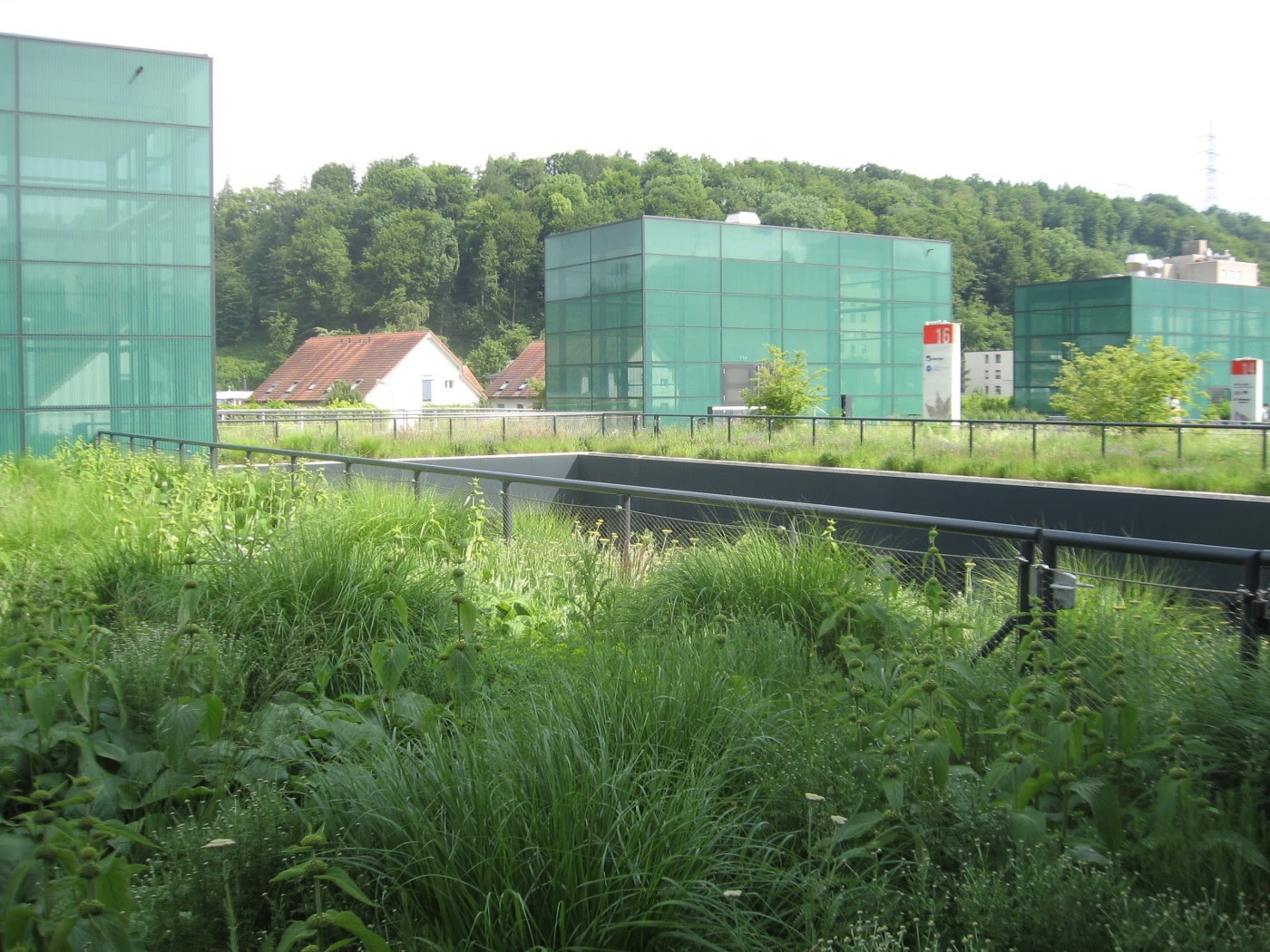
About the city. The city of Basel in Switzerland has the largest area of green roofs per capita in the world. Initiatives that aim to increase the number of green roofs in Basel were initially driven by energy-saving programs, and then by biodiversity conservation.
Goal
The aim of the green roof initiative is to increase the coverage of green roofs in the city of Basel by using a combination of financial incentives and building regulations.
Implementation period. The biggest green roofs installations were held in 1996–1997 and 2005-2006.
Fact
- By 2100, with high levels of greenhouse gas emissions, the temperature is projected to increase by about 4.5 °C compared to the 1990s. This means that every second summer will be as hot or even hotter than the temperature reached during the 2003 heatwave, which caused serious loss of life across Europe.
- Model studies conducted in Manchester, UK show that greening all suitable roofs in densely populated areas can reduce storm runoff by 17-20%.
Solutions
In many cities of Switzerland, green roofs became popular in the 1970s as an element of ecological construction. Numerous green roofs were created in the 1980s, mainly as pilot projects that provided the basis of knowledge and experience for subsequent initiatives. In addition, 1995 was the year of Nature Conservation in the EU. This was the impetus for Basel’s first “green roof” campaign, which began in 1996. In the early 1990s, the city of Basel implemented a law to support energy conservation measures. According to this law, which was the only one of its kind in Switzerland, 5% of all consumers ‘ electricity bills are paid into the Energy Saving Fund, which is then used to finance energy-saving campaigns and measures. The national Department of Environment and Energy decided to develop and promote green roofs using this source of funds. An investigation of the total number of green roofs resulted in 1,711 extensive green roof projects and 218 intensive green roofs in the city of Basel. So, approximately 23% of the flat roof area of Basel in 2006 was made up of green roofs. For developers, installing green roofs is now considered routine, and developers make no objections to installing them.
Challenges
An additional study conducted at DB (German railroad) shunting yards in Basel (Brenneisen & Hänggi, 2006), which directly compared green roofs with areas of conservation significance on the ground, clearly showed the limitations of roofs to support certain species. Some animals could not reach the green areas of the roof due to their limited mobility-for example, Atypud species in the order of the web spiders (Araneae). Others simply did not visit (let alone colonize) the substitute habitats on the roofs. And still, others could not adapt to the harsh conditions of the roofs or use them. Earthworms, for example, cannot survive on green roofs because of the limited depth of the substrate; they die during high temperatures in summer because they cannot migrate to deeper, colder areas of the soil.
Team
The local business association, The Horticultural Association, the Green Roof Association, the Pro Natura Basel environmental organization, the Department of Parks and Cemeteries in the City of Basel, the National Department of Environment, Forest and Landscapes
Timeline
The total number of green roofs resulted in 1711 extensive green roof projects and 218 intensive green roofs in the city of Basel. So, approximately 23% of Basel’s flat roof area was green roof in 2006.
If you notice an error or inaccuracy in our editorials, please email [email protected] so we can look into it.

